What are the differences between quartz tube and glass?
点击:发布日期:2020/2/24
What are quartz tubes and glass used for? Let's introduce the difference between the two.
1. Quartz is a kind of crystal, while glass is non crystal. The non crystal is isotropic, and the optical properties of the crystal are directional, that is, some directional refractive index is large, some directional refractive index is small, which makes the crystal material can not be used as an optical material. Glass is amorphous, while quartz is crystalline. Because of the isotropy of the non crystal, the optical properties of the crystal are directional - some have large refractive index, some are small - which determines that the crystal material can not be used as optical material.
2. The degree of heat resistance is different. The British tube has a softening point temperature of about 1730 ℃, which can be used for a long time at 1100 ℃, and a short-term service temperature of up to 1450 ℃. Besides hydrofluoric acid, quartz tube hardly reacts with other acids. Its acid resistance is 30 times of that of ceramic and 150 times of that of stainless steel, especially its chemical stability at high temperature, which is incomparable to any other engineering material. The coefficient of thermal expansion of quartz glass is very small, which can bear the drastic temperature change. When the quartz tube is heated to about 1100 ℃, it will not burst when it is put into the normal temperature water. Glass tube is made of ordinary glass, and its hardness, transparency, high temperature resistance and wear resistance are much worse.
3. Good electrical insulation. The resistance of quartz glass is 10000 times that of ordinary glass, which is a very good electrical insulation material, even at room temperature, it has good electrical properties.
1. Quartz is a kind of crystal, while glass is non crystal. The non crystal is isotropic, and the optical properties of the crystal are directional, that is, some directional refractive index is large, some directional refractive index is small, which makes the crystal material can not be used as an optical material. Glass is amorphous, while quartz is crystalline. Because of the isotropy of the non crystal, the optical properties of the crystal are directional - some have large refractive index, some are small - which determines that the crystal material can not be used as optical material.
2. The degree of heat resistance is different. The British tube has a softening point temperature of about 1730 ℃, which can be used for a long time at 1100 ℃, and a short-term service temperature of up to 1450 ℃. Besides hydrofluoric acid, quartz tube hardly reacts with other acids. Its acid resistance is 30 times of that of ceramic and 150 times of that of stainless steel, especially its chemical stability at high temperature, which is incomparable to any other engineering material. The coefficient of thermal expansion of quartz glass is very small, which can bear the drastic temperature change. When the quartz tube is heated to about 1100 ℃, it will not burst when it is put into the normal temperature water. Glass tube is made of ordinary glass, and its hardness, transparency, high temperature resistance and wear resistance are much worse.
3. Good electrical insulation. The resistance of quartz glass is 10000 times that of ordinary glass, which is a very good electrical insulation material, even at room temperature, it has good electrical properties.
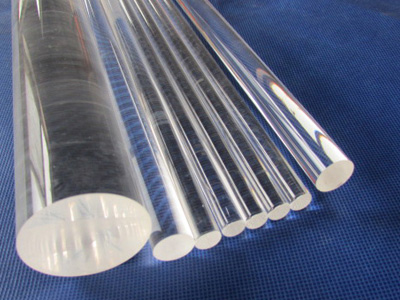
Quartz glass rod
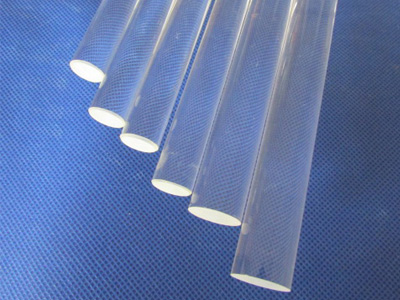
Quartz glass rod
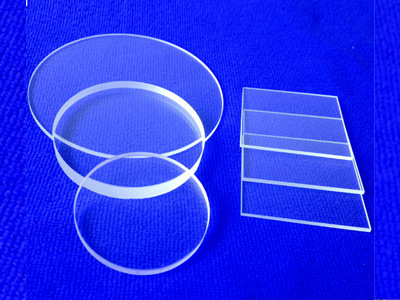
Quartz chip
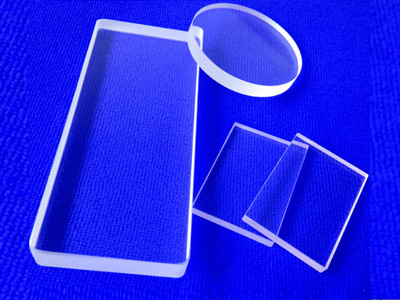
Quartz chip
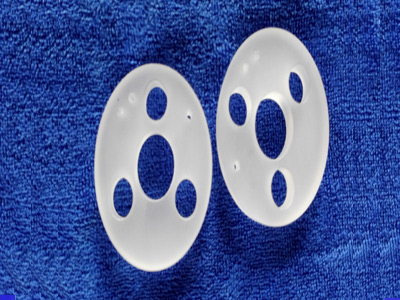
Quartz glass sheet
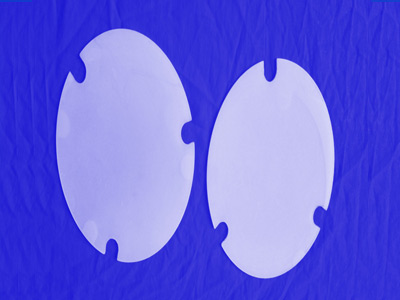
Quartz chip
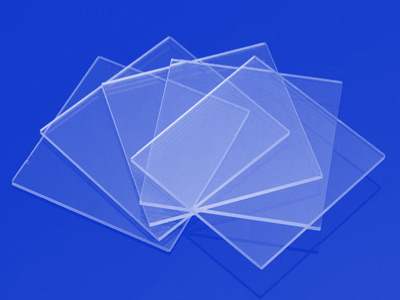
Quartz glass sheet

Quartz glass
What are the differences between quartz tube and glass?
Purity of quartz glass
Performance characteristics of carbon fiber electric heating tube products
Quartz glass fiber and quartz glass cotton
Application and function of quartz sand
Test method for thermochromism of quartz glass
Development history of quartz glass
Physical and chemical properties of quartz tube
What are the functions of quartz rod?



